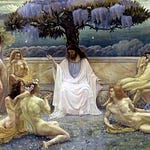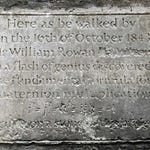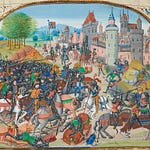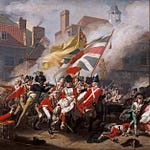Originally published on March 6, 2023 (Episode 306)
Introduction
In October 1569, a French captain off the coast of Nova Scotia was astonished when a canoe approached carrying three Englishmen. They claimed to be survivors of a slave-trading expedition marooned on the Gulf coast of Mexico—who had then walked 3,600 miles north in just a year. One of them, David Ingram, over a decade later gave testimony to Sir Francis Walsingham, Elizabeth I’s secretary of state and spymaster.
When it was published, Ingram’s tale quickly became infamous. He spoke of kings borne in crystal chairs, iron-working Native Americans, and even elephants and penguins along the Atlantic coast. Small wonder the geographer Samuel Purchas later observed that “the reward of lying is not to be believed in truths.” For centuries Ingram’s story was dismissed as fantasy.
But in The Extraordinary Journey of David Ingram: An Elizabethan Sailor in Native North America (Oxford University Press, 2023), Dean Snow revisits the evidence. He argues that while Ingram may have embroidered his account, the core of his long walk was real—and offers a rare glimpse of Native America just decades before European colonization transformed it.
About the Guest
Dean Snow is Professor Emeritus of Anthropology at Penn State and past president of the Society for American Archaeology. He is best known for his work on the archaeology of Native North America, especially the Haudenosaunee (Iroquois).
For Further Investigation
Dean Snow, The Extraordinary Journey of David Ingram: An Elizabethan Sailor in Native North America (Oxford University Press, 2023)
Related conversations
• Lucy Wooding on Tudor England
• Thomas Harriot—“the most fascinating intellectual you’ve never heard of”
On Francis Drake’s escape at San Juan de Ulua: his tiny ship, Judith, was just 50 tons (compare with the Pride of Baltimore II at 97 tons).
Crystal mines in upstate New York—Ingram’s curious detail may not have been so far-fetched.
💬 Listen & Discuss
Could Ingram really have walked 3,600 miles across North America—and what does his story reveal about the early encounters between Europeans and Native peoples? Share your reflections in the comments, and send this episode to a friend who loves tall tales which might not be quite so tall.











